Double Sphere Rubber Expansion Joint
EPDM/NBR/IIR/SBR Double Sphere Rubber Expansion Joint
Have you encountered any of the following during your use?
1. The sphere is sucked flat
2.The ball is broken
3.Short service life
4. Buy poor quality joints, safety accidents occur
We promise free replacement within three years and lifetime after-sales support. Free technical guidance on installation upon arrival.
- Corrosion Resistance: Suitable for various media, resistant to acids, alkalis, and oils.
- High Pressure Resistance: Capable of withstanding high pressure
- Good Elasticity: Effectively absorbs vibration and displacement.
- Easy Installation: Threaded connection facilitates installation and maintenance.

Advantage of Double Sphere Rubber Expansion Joint

Quality First
- High-strength nylon cords layered for enhanced toughness, effectively resisting high pressure, impact, and stretching, eliminating the risk of rupture!
- Built-in reinforced steel ring stabilizes the structure, preventing joint deformation and detachment, ensuring long-lasting and stable pipeline connections.
Strengthen process
- Multi layers Nylon Enhance Fabric
- Steel Enhance Rings
- No broken
Quality First
Whether it’s for pipeline replacement or new installation projects, we can provide tailor-made rubber expansion joint solutions for you!
- Flexible adaptation to various pipeline specifications, including special sizes, non-standard interfaces, etc., meeting your personalized needs.
- Multiple materials and pressure ratings available, suitable for different media, temperatures, and working environments, ensuring optimal performance.
Support Customized
- Support customized
- Wholesale Price
- Excellent Sealing Performance
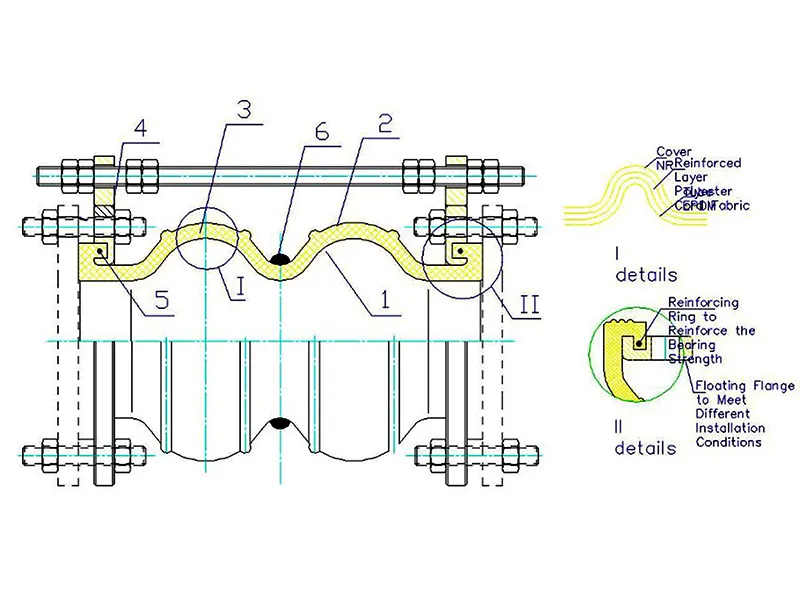
Quality First
Rubber joints need to withstand certain pressures in pipelines, especially in high-pressure environments where the rubber part may deform or expand. The metal ring effectively limits excessive expansion of the rubber, preventing damage to the joint due to excessive pressure.
Add booster ring
- Enhanced Pressure Resistance
- High Pressure Resistance
- Long Service Life
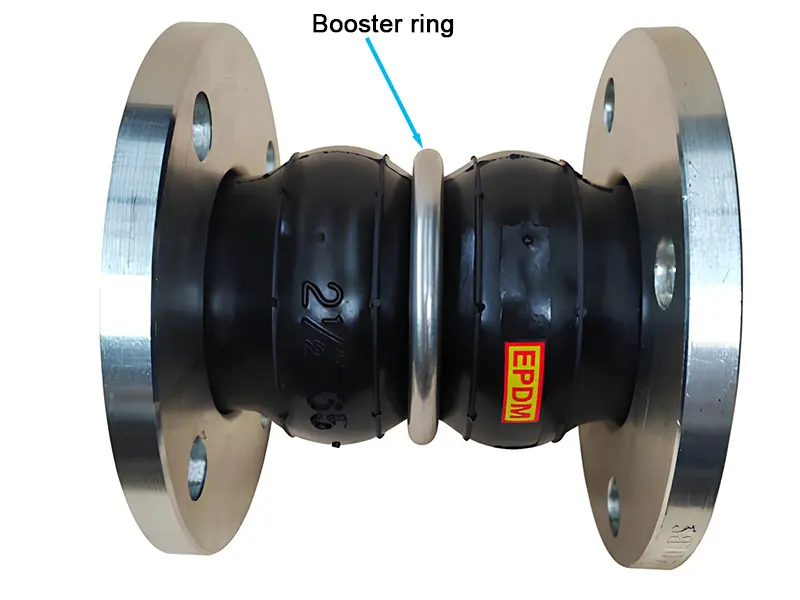
Quality First
- Complete Size Range: From DN15 to DN3000, from short to extra-long, meeting the connection needs of different pipeline systems.
- Wide Product Variety: Single sphere, double sphere, reducing joints, flanged type, clamp type, and more, suitable for various complex working conditions.
- High-Quality Materials: Made with premium rubber and reinforced materials, ensuring high pressure resistance, corrosion resistance, and wear resistance for long service life.
Various Sizes, Lengths,Spec
- More Convenient Procurement Experience:
- More Economical Solution:
- More Reliable Pipeline Connections
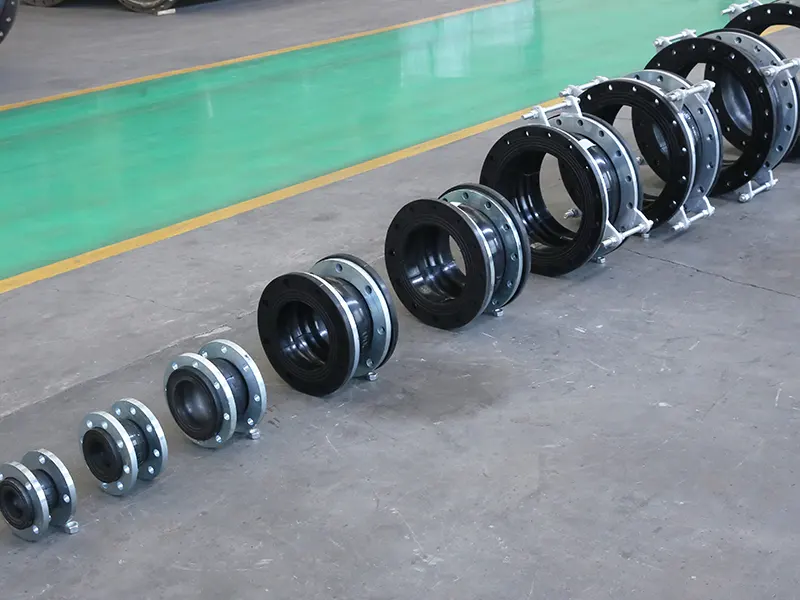
Selecting Rubber Expansion Joints by Medium
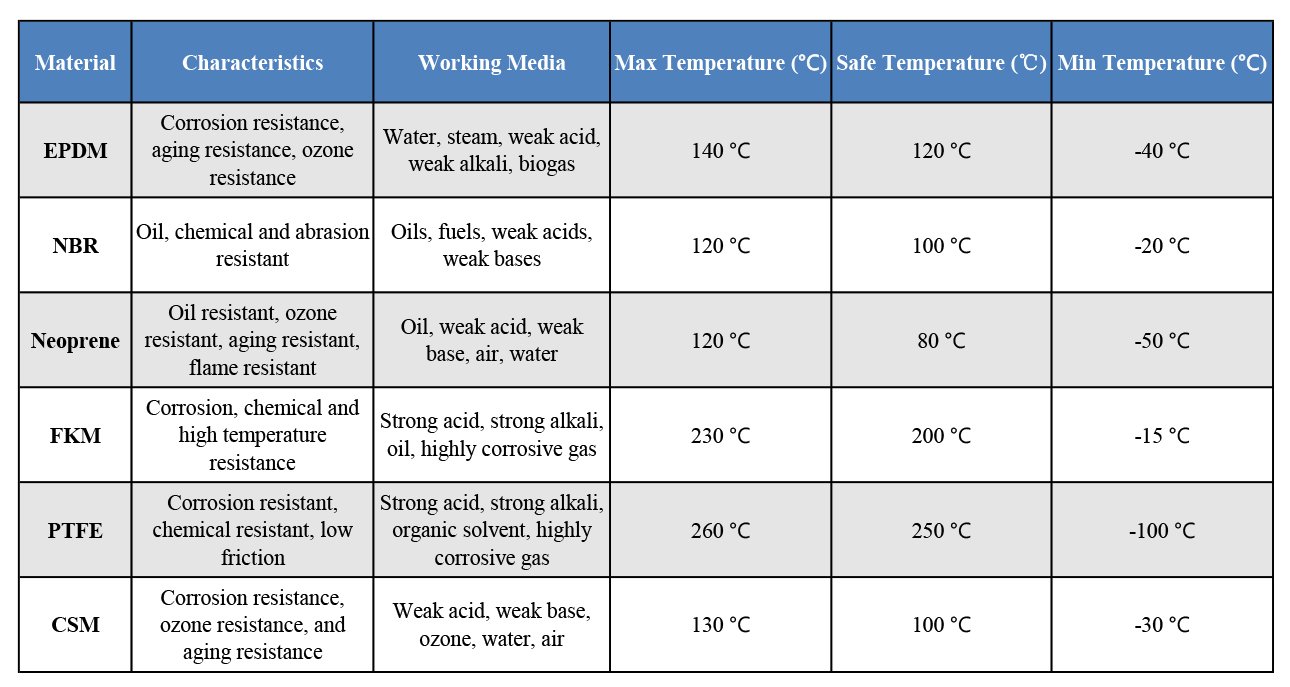
More About Twin Sphere Rubber Expansion Joint
How to install rubber expansion joints?
During installation, ensure proper alignment of the pipeline to avoid overstretching or compressing. When using flange connections, tighten the bolts evenly to prevent uneven stress.
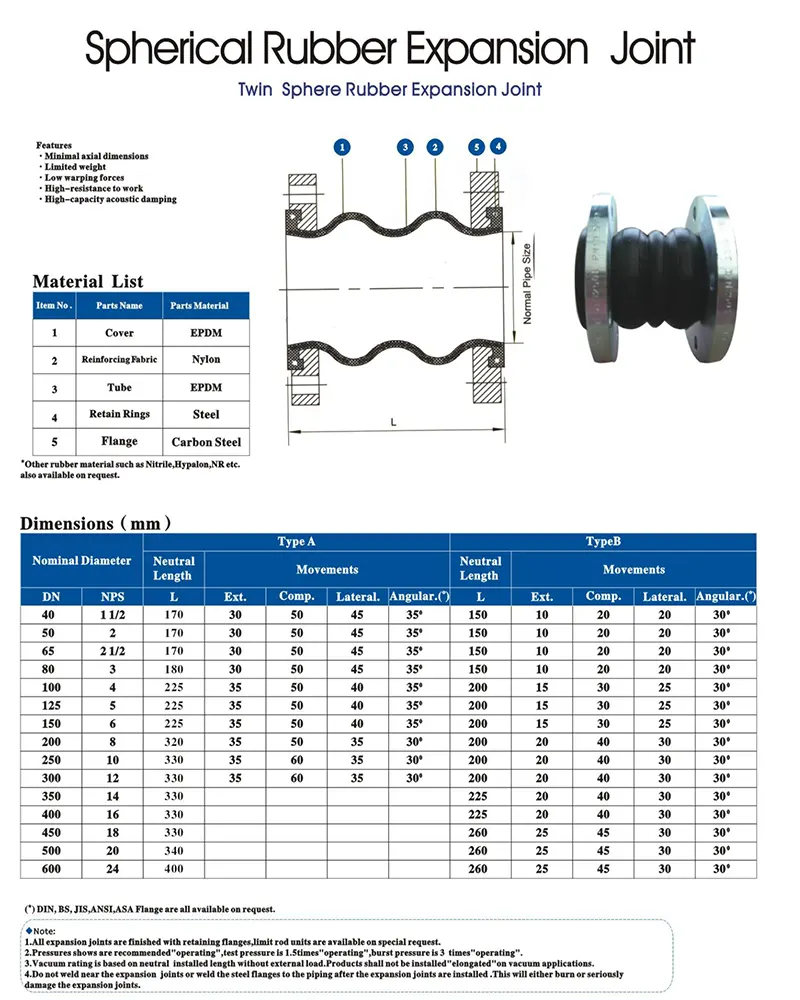
What pressure can rubber expansion joints withstand?
The pressure tolerance of rubber expansion joints depends on their material, design, and specifications. Generally, the pressure tolerance range for common rubber expansion joints is as follows:
- Common rubber materials (such as EPDM, Neoprene, etc.): Typically between 0.6 MPa to 2.5 MPa.
- High-pressure rubber expansion joints: When using high-strength materials, the pressure tolerance can exceed 3 MPa, and certain customized products may withstand even higher pressures.
The actual pressure tolerance can be influenced by factors such as the working environment (temperature, fluid type) and installation methods. When selecting the appropriate expansion joint, it is important to consider the working pressure and characteristics of the medium.

Do rubber expansion joints require regular maintenance?
Yes, rubber expansion joints require regular maintenance. While they are designed to be durable, periodic inspection and maintenance are essential to ensure their longevity and proper functioning in a piping system. Here are some maintenance recommendations:
- Regular Inspection: Check for cracks, wear, or signs of aging in the rubber. This is especially important in environments with high temperatures, high pressure, or frequent vibration, as these factors can degrade the rubber material over time.
- Check Connections: Ensure that bolts and other fasteners are not loose or corroded. Loose connections can affect the sealing effectiveness and performance of the expansion joint.
- Cleaning and Lubrication: Clean the surface of the expansion joint to prevent the buildup of dust or corrosive materials. For some types of rubber expansion joints, using a special lubricant can help prevent friction damage between the rubber and the piping.
- Check the Working Environment: Make sure that the expansion joint is not exposed to excessive temperatures, chemicals, or other factors that could damage it.
- Regular Replacement: Even if there is no visible damage, rubber expansion joints have a service life. After a certain period, it is advisable to replace them to prevent failure due to aging.
By performing regular checks and maintenance, you can ensure the performance and extend the life of the rubber expansion joints.
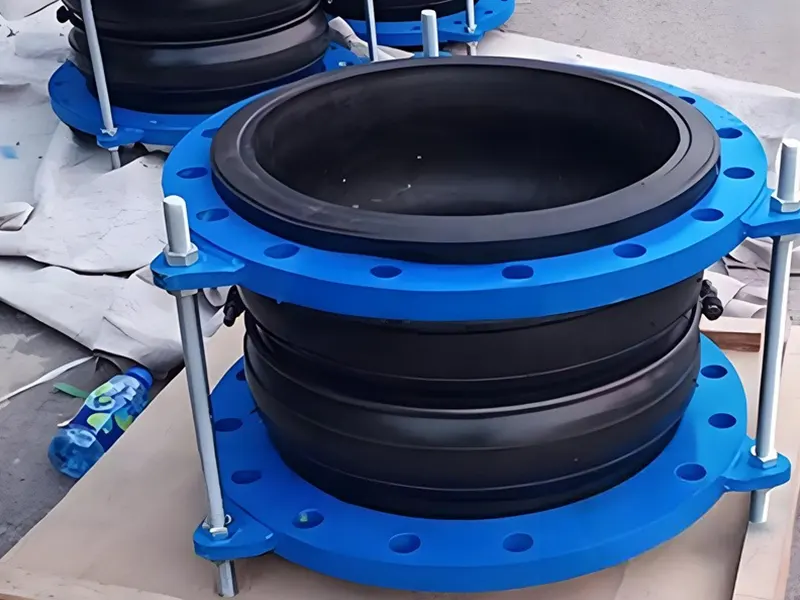
Under what circumstances do rubber soft joints need to be replaced?
Rubber expansion joints should be replaced in the following situations:
- Visible Damage: If the rubber expansion joint shows cracks, tears, punctures, or other types of visible damage, it usually signals the need for replacement. Damaged joints can no longer effectively handle pipeline pressure or maintain their sealing performance.
- Aging or Hardening: Over time, especially in high-temperature or UV-exposed environments, rubber expansion joints may age, harden, or become brittle. Aging rubber loses its elasticity and is more prone to cracking or leaking.
- Seal Failure: If the rubber expansion joint fails to maintain a proper seal, leading to leakage or instability in pipeline pressure, it should be replaced.
- Corrosion or Wear: If the expansion joint is exposed to chemicals, oils, or other corrosive substances, or if there is wear at the connection points, it could fail and should be replaced.
- Decreased Performance: If the rubber expansion joint’s ability to absorb shock, resist vibration, or withstand heat significantly deteriorates and cannot be restored through maintenance, replacement is recommended.
- Changes in Working Environment: If there are changes in the operating environment, such as temperature, pressure, or the medium being transported, the existing rubber expansion joint may no longer be suitable, and a replacement that matches the new requirements should be used.
Regular inspection and assessment of the rubber expansion joint’s condition will help detect issues early, preventing system failures or downtime due to joint failure.
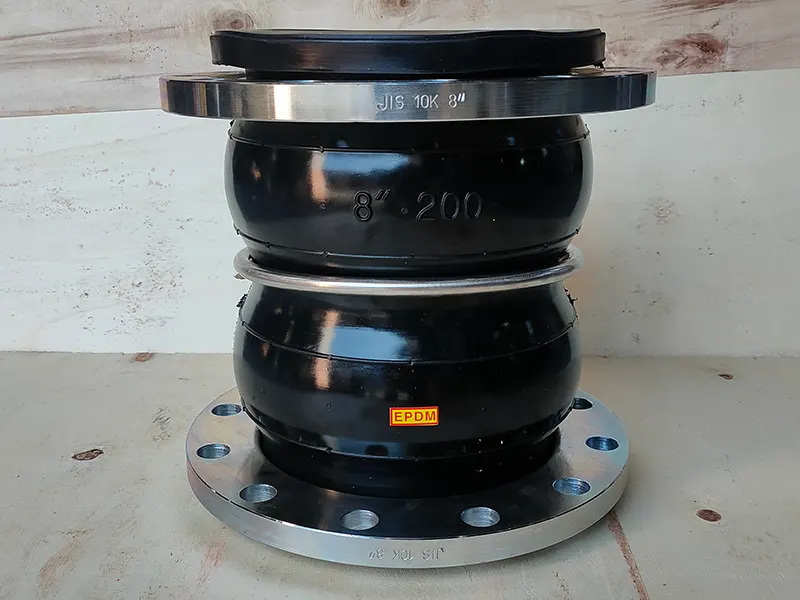
Get A Quote !
